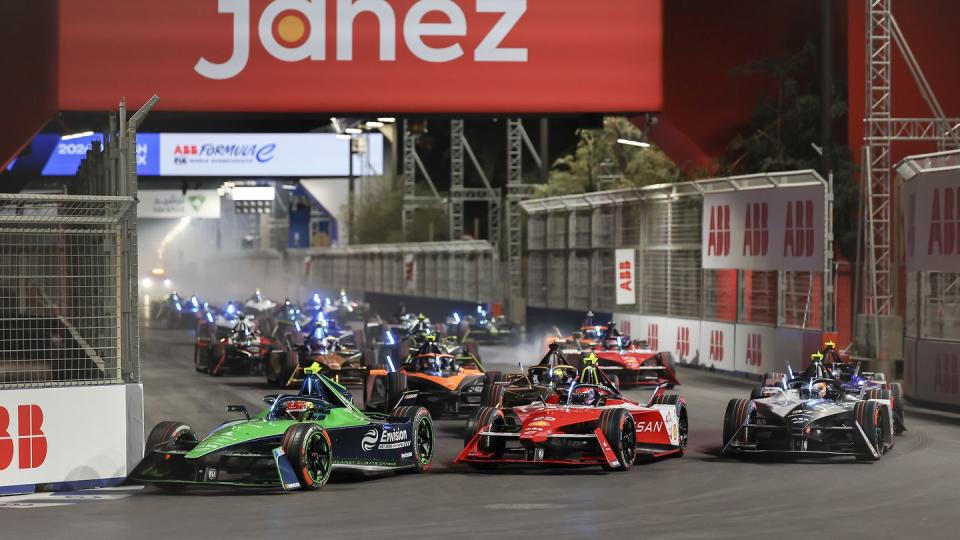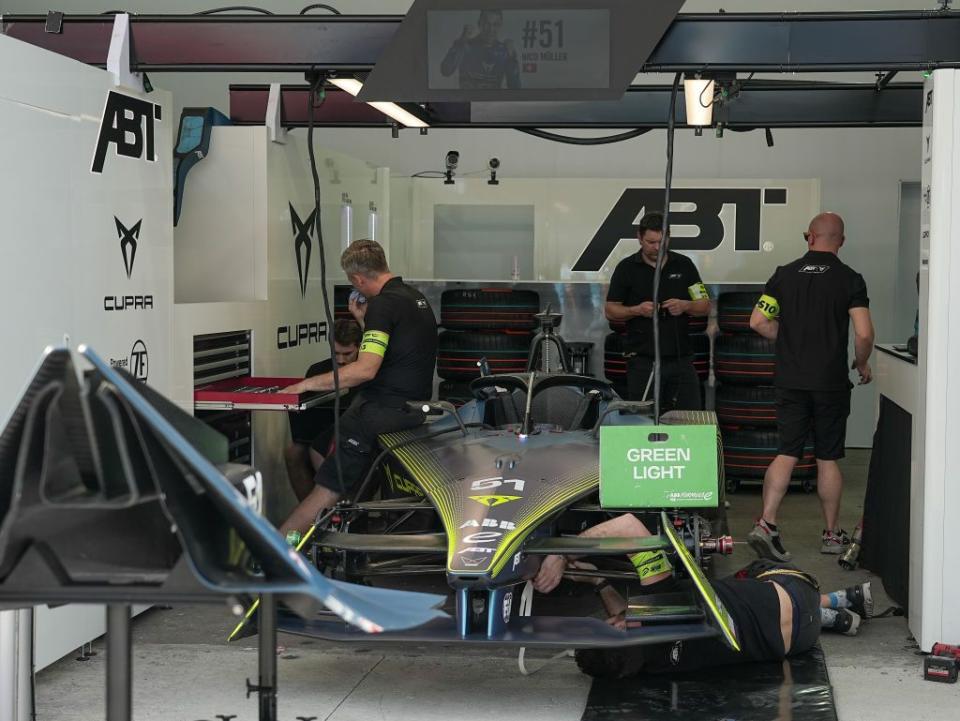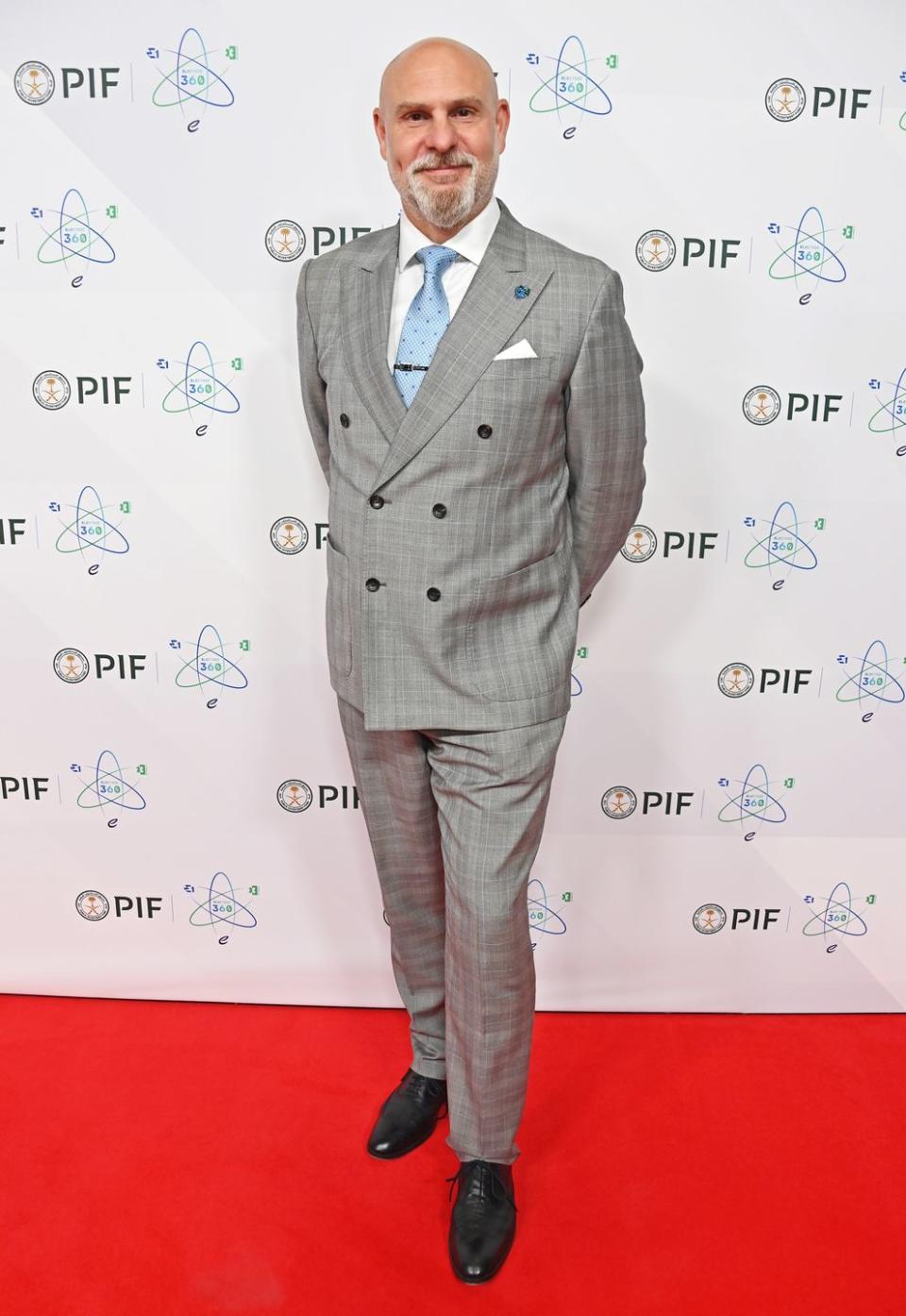Formula E CEO Unapologetic About Delay of Game-Changing EV Attack Charge

Technology breakthrough extends beyond the street courses on which the all-electric open-wheel racing series competes.
Drivers and teams still testing the program to ensure a trouble-free launch.
Dodds says, ‘When we show up in town, it's simply to show people they shouldn't be worried about making the step to an electric vehicle’.
With this weekend’s Tokyo E-Prix, the ABB FIA Formula E series will be closer to debuting its Attack Charge feature.
Still in its testing phase, the latest performance twist—and race-to-road tech-transfer enhancement—will ease its way into competition sometime this year.
Or will it?
Just like the Chevrolet-Honda hybrid engine that has been delayed in the NTT IndyCar Series with an uncertain 2024 launch, Attack Charge has some details to iron out.
During a roundtable discussion at the recent São Paulo E-Prix in Brazil, Formula E co-founder Alberto Longo and CEO Jeff Dodds discussed the transformational power of Attack Charge, what it means not just for the series’ drivers but also for EV consumers, and what’s behind the delay in incorporating it into races.
Longo said the first notion of Attack Charge popped up as early as Season 3, at the Monaco event. The series is 10 years old.

“We were thinking... the technology wasn't there," Longo said. "So it took us a little bit of time. [With] the partner that we have chosen in order to develop that technology, we're almost there. We're talking about six, seven kilowatts charge. And that’s not only about the technology of the charger itself, but also the impact that that charger has on the battery, on the race-car battery.
"Definitely all these things have to be together. We need to be very sure that it's not going to have an impact on the sporting side. We are actually using this season in order to perform different tests.”
In São Paulo, as in Tokyo, testing continues—with, as Longo said, “the idea of eventually launching in a race, even in this season, and having a permanent launching in season. That’s the idea.”
Dodds addressed the delay point-blank.

Dodds said, “Somebody asked me the other day, ‘Are you a bit embarrassed because you started this thinking, whatever it was, five years ago, and haven’t launched it?’ I'll be absolutely clear. We are at the cutting edge of technology, and we are a business that thrives on learning, testing, learning, testing, learning. We want to continue to grow. I will never apologize for us testing out cool stuff and it being quite complicated.
“If we can get this right, and it means that in the road world people are able to charge their battery cars more quickly because of things we've developed, then that would be amazing,” he said. “And that means we have to push boundaries. We will not launch anything until it’s right. And you know what? If we never launched it, we've learned so much stuff by testing this, we'll still be proud. Our intention is to launch it, but we'll never apologize for testing the boundaries, pushing the boundaries.”
‘What’s the fuss about?’
Drivers already use “Attack Mode,” an activation of additional, temporary power that can be use for passing or defending position.
It works like this: The driver presses a button on the steering wheel to arm the system. Then he must drive through the Attack Zone. It’s a marked area on the actual racing surface where three activation coils are placed on the asphalt. Attack Mode kicks in if the driver crosses all three coils. That means the battery increases its power from 300 kWh to max-power 350 kWh.
Drivers must use Attack Mode twice but can choose how to distribute the eight-minute advantage. Until the mid-season race at Jakarta, Indonesia, the program allowed four minutes, so a driver could choose two spurts at 1+3 minutes, 2+2 minutes, or 3+1 minutes). Since the Jakarta stop on the global tour, the duration has doubled to eight minutes. Now drivers’ choices are 2+6 minutes, 4+4 minutes, or 6+2 minutes).
Reportedly, in Italy at the April 13-14 Misano Adriatico event, Attack Charge will add a strategic factor for the Gen 3 cars and their drivers. Attack Charge is an element superimposed onto the already delicate balance between maximizing performance and conserving energy.
Aside from the racetrack, Attack Charge is a display of cutting-edge technology designed to help the EV consumer directly. It is meant to assure every EV owner of the capability of rapidly charging the battery in his street-legal car. It charges at a rate of up to 600 kW, considerably faster than the 250-350 kW that mark consumer-available fast chargers.
Williams Advanced Engineering supplies the spec recharging infrastructure, and series title sponsor ABB plays a key role in this latest advancement.

 Yahoo Autos
Yahoo Autos 